As the next destination, my scholarship journey took me from the tropical waters of the Maldives to the windiest inhabited place in Europe: the Westman Islands in Iceland. Here, I was able to gain invaluable experience in Cetacean Conservation at the world´s first Beluga Whale Sanctuary of the Sea Life Trust, thanks to Whale and Dolphin Conservation UK!
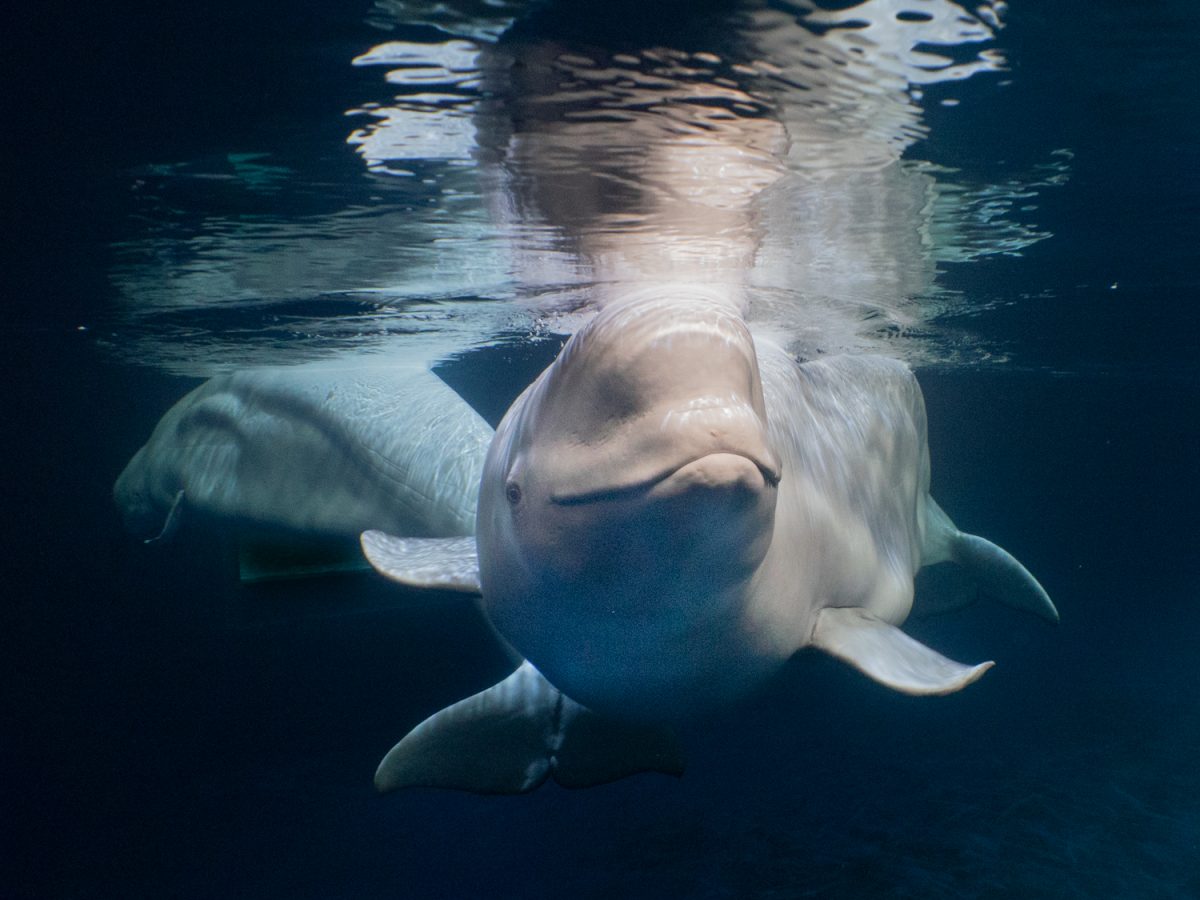
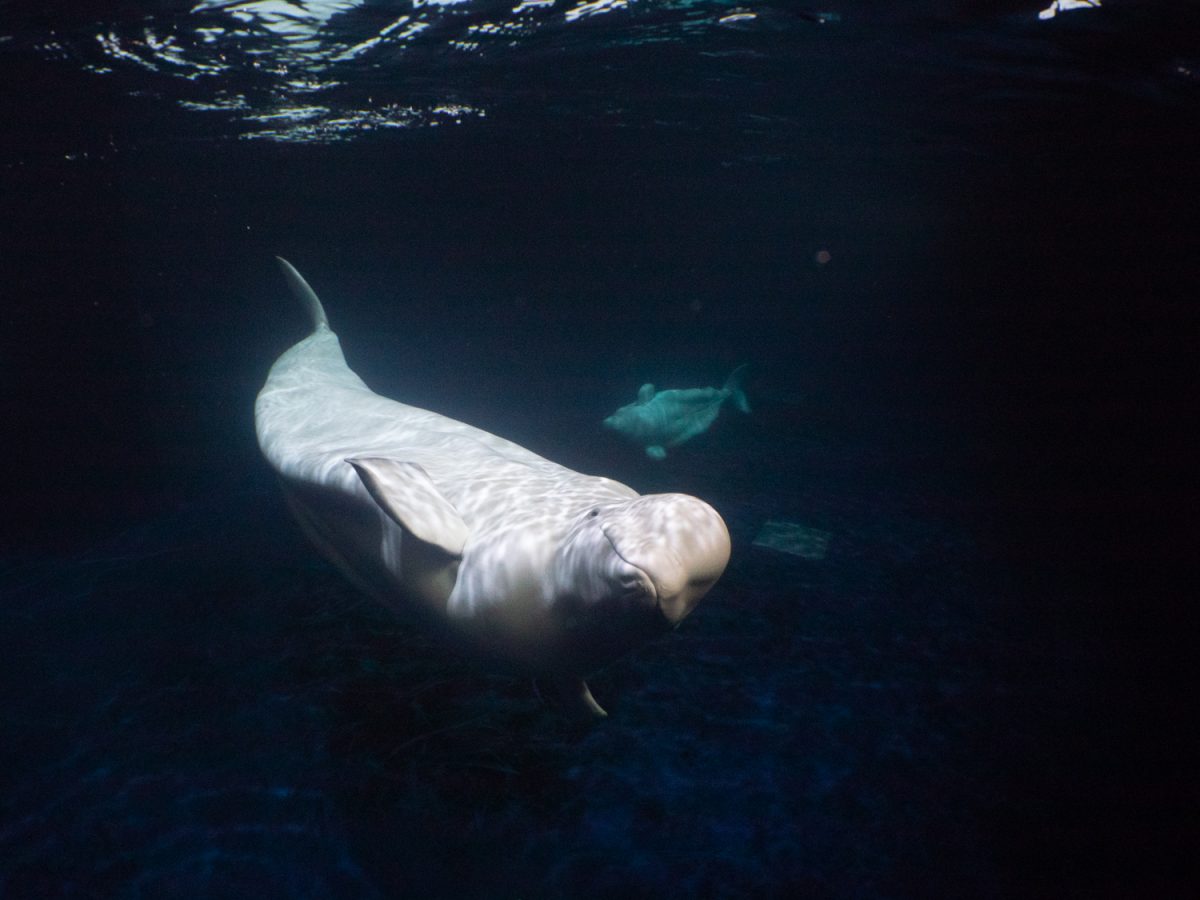
This project is the first in the world that aims to relocate two formerly captive Beluga Whales, named Little White and Little Grey, from a Marine Park to a Sanctuary in a natural environment. And Kletsvik Bay on the island of Heimaey (fittingly meaning “Home island”) was chosen due to its sheltered location, which provides very good conditions for the whales.
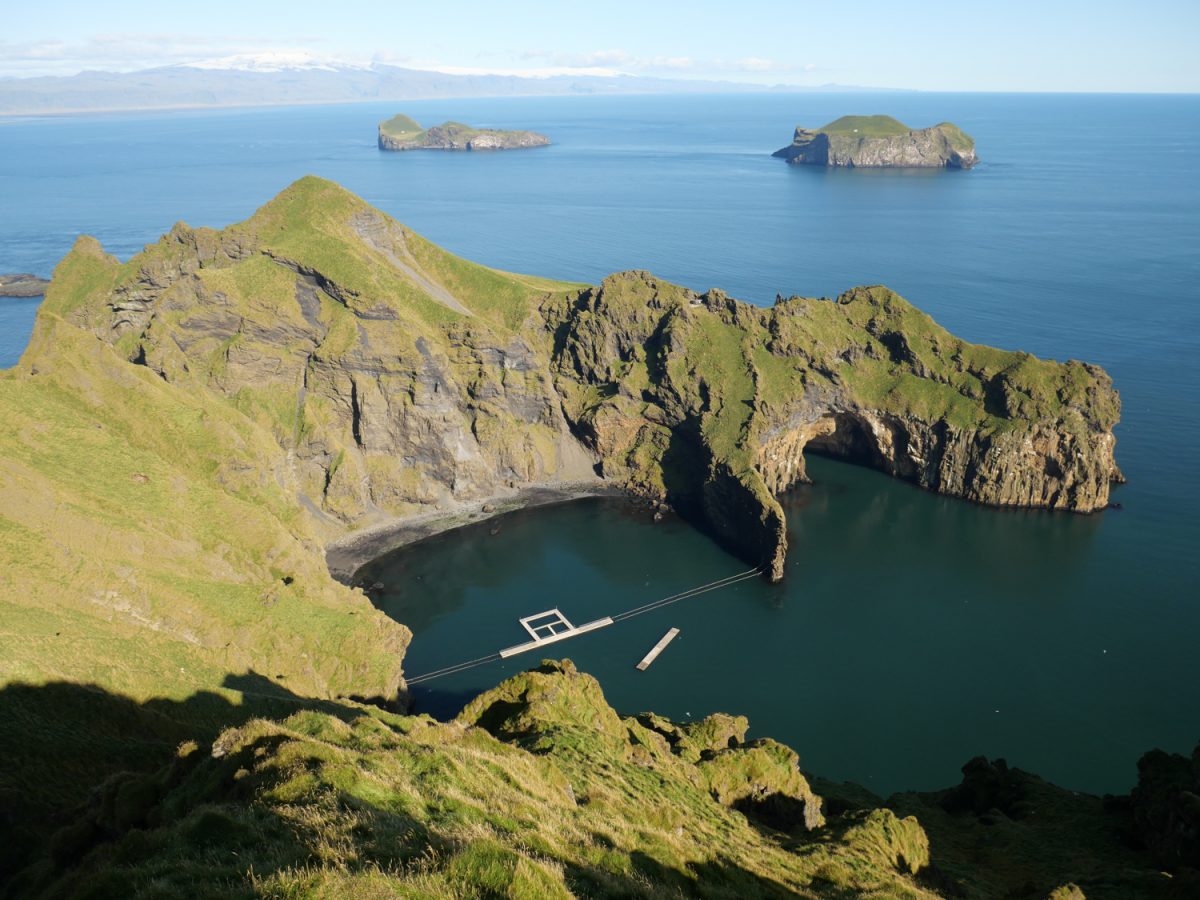
Little White and Little Grey have already got an amazing 40-hour journey behind them: In June, they travelled from Shanghai to Iceland, and will be released into their new natural forever home, Kletsvik Bay, next spring. They had been prepared for this journey long time beforehand by their care team and veterinarians, to ensure that they would have a good fitness and a suitable blubber thickness for the much colder water temperature in the Northern Atlantic ocean. They are currently still cared for in the Sea Life Trust´s Visitor Centre, where they acclimatize to the colder waters and are carefully introduced to the stretcher, that will help in transferring them out to their Sanctuary next spring, free of stress.
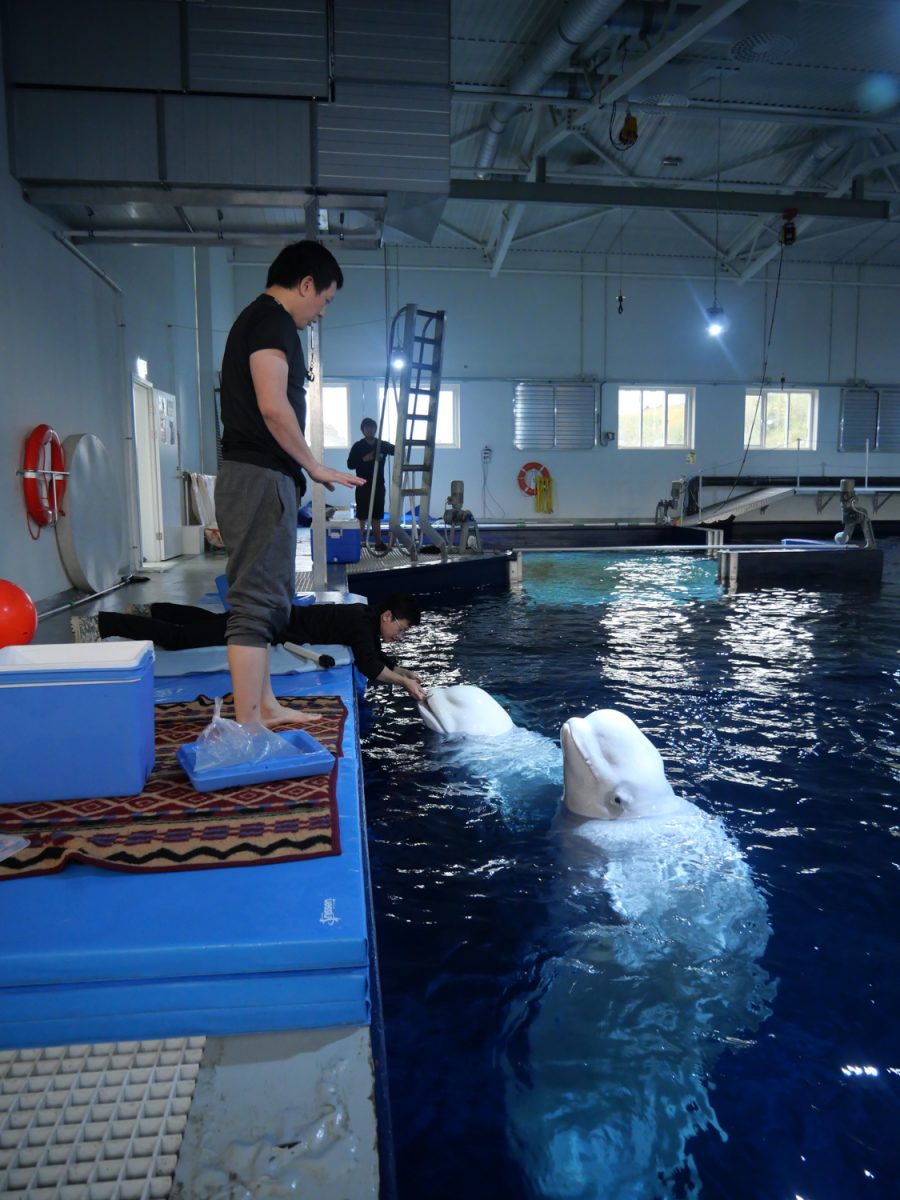
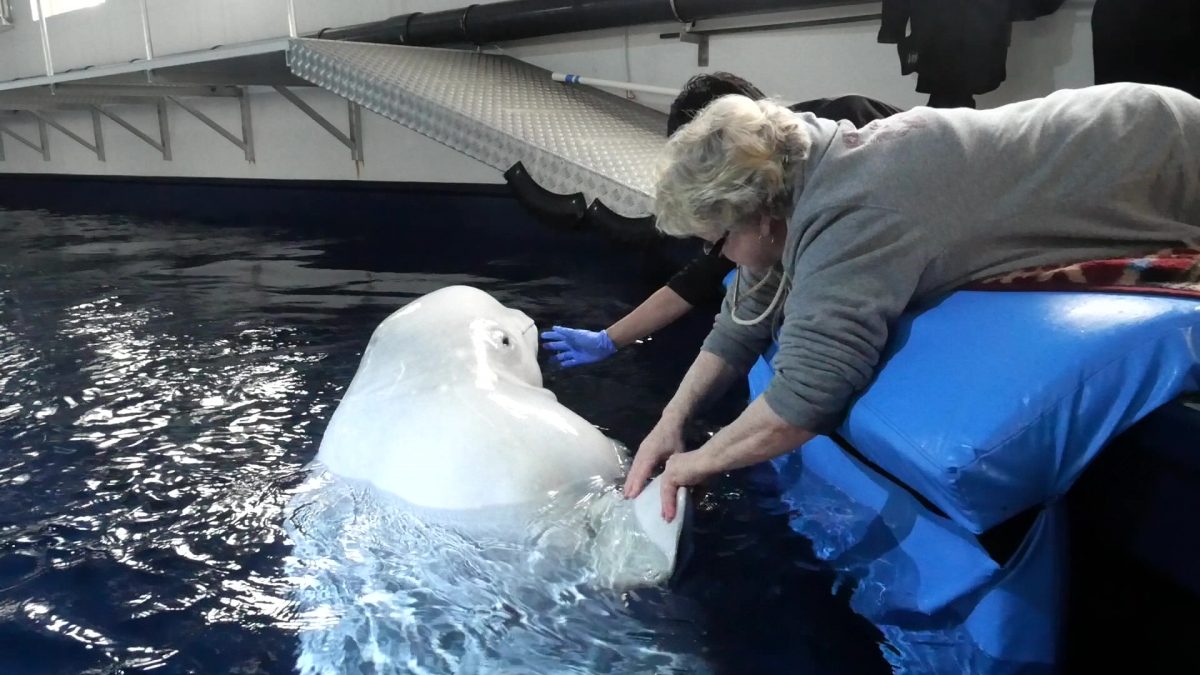
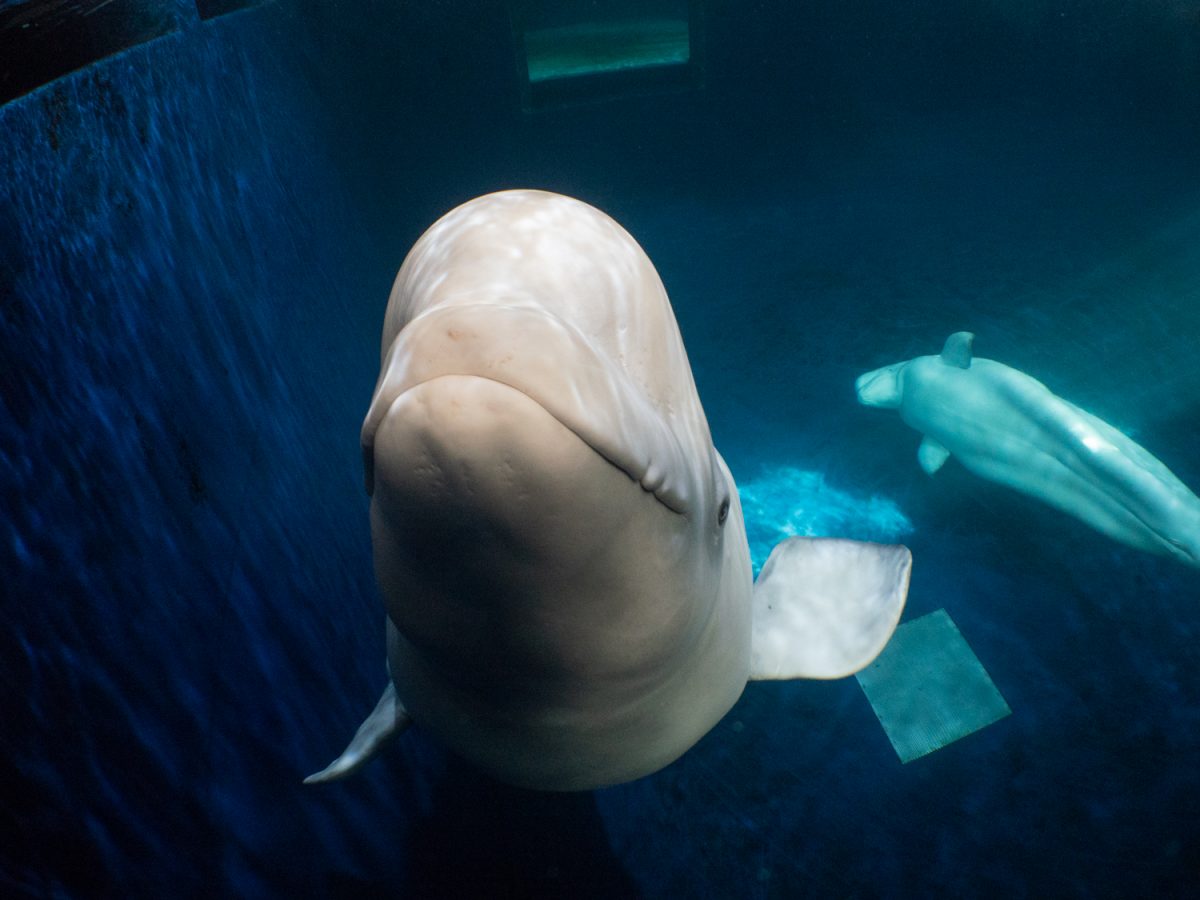
They are also trained in medical behaviours, which will prepare them for potentially necessary veterinary examinations like blood samples, gastric sampling or ultrasound scans. It was a great opportunity to, firstly, experience these highly interactive and intelligent animals up so close and personal, and secondly, to learn first-hand about Cetacean´s ethology and training from Tricia Kamolnick, who has worked in the Care and Research around Cetaceans all her life! Tricia´s thoughtful, patient and sensible approaches and incredible knowledge and tuition really inspired me.
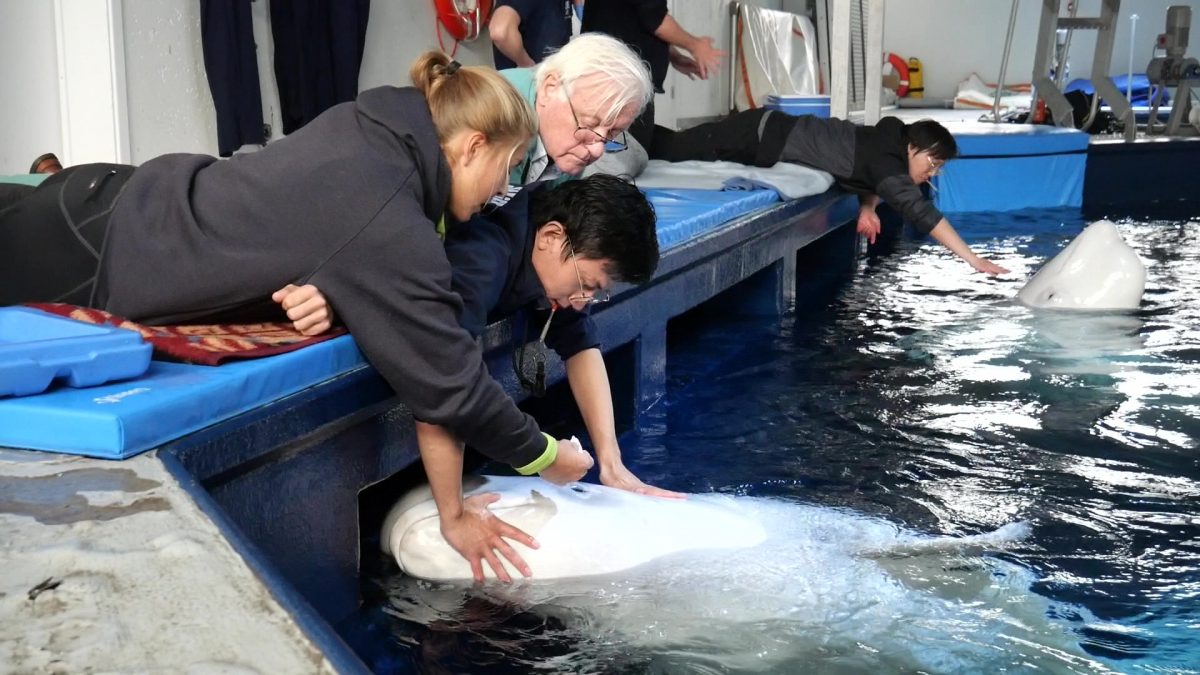
We also had the project´s veterinarian, Dr. Greenwood, visiting one day to do health checks and to take various samples on Little Grey and White, and it was very valuable for me as I could assist him and speak to him about his path as a Zoo and Marine Mammal vet.
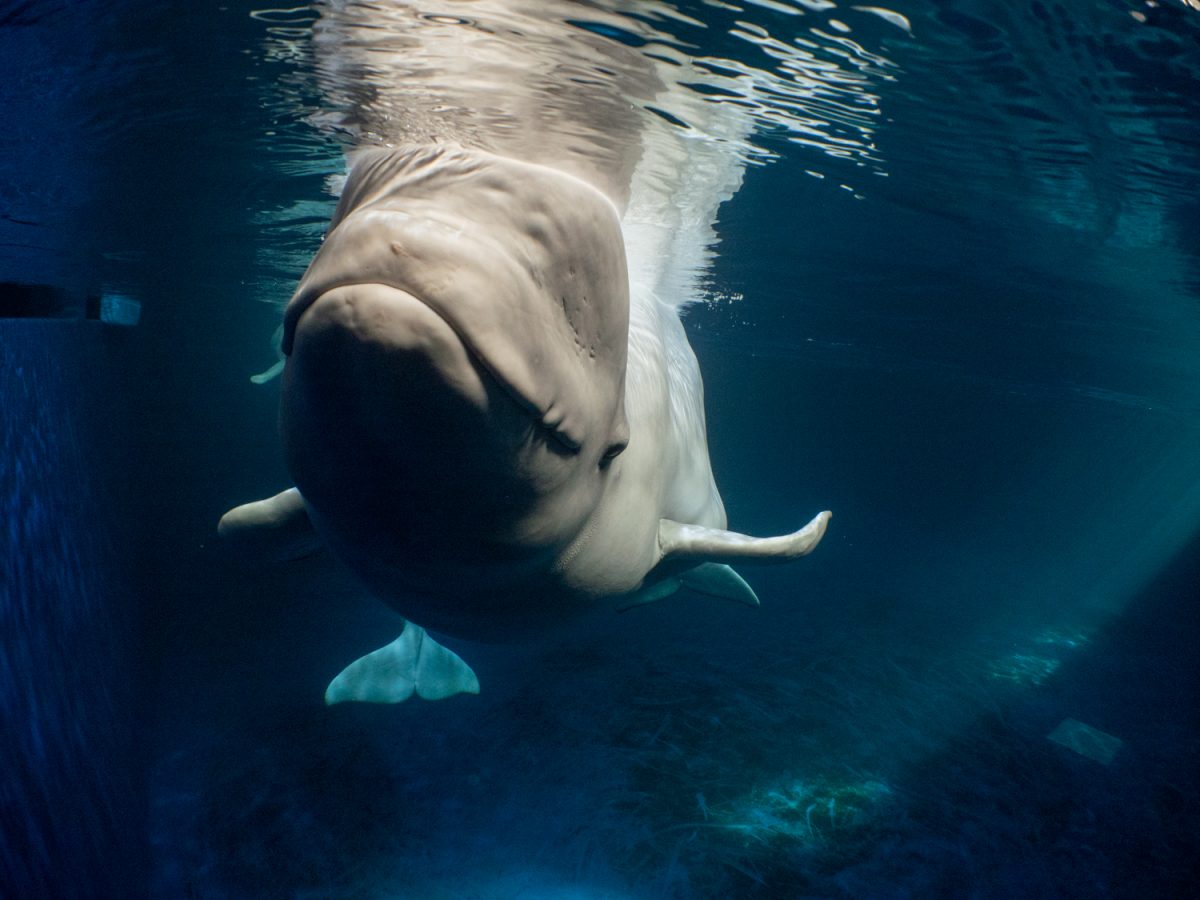
But the Sea Life Trust´s Visitor Centre not only serves as the base for the Beluga Sanctuary, and besides having a little educational aquarium, also houses a Puffin Rehabilitation Center!
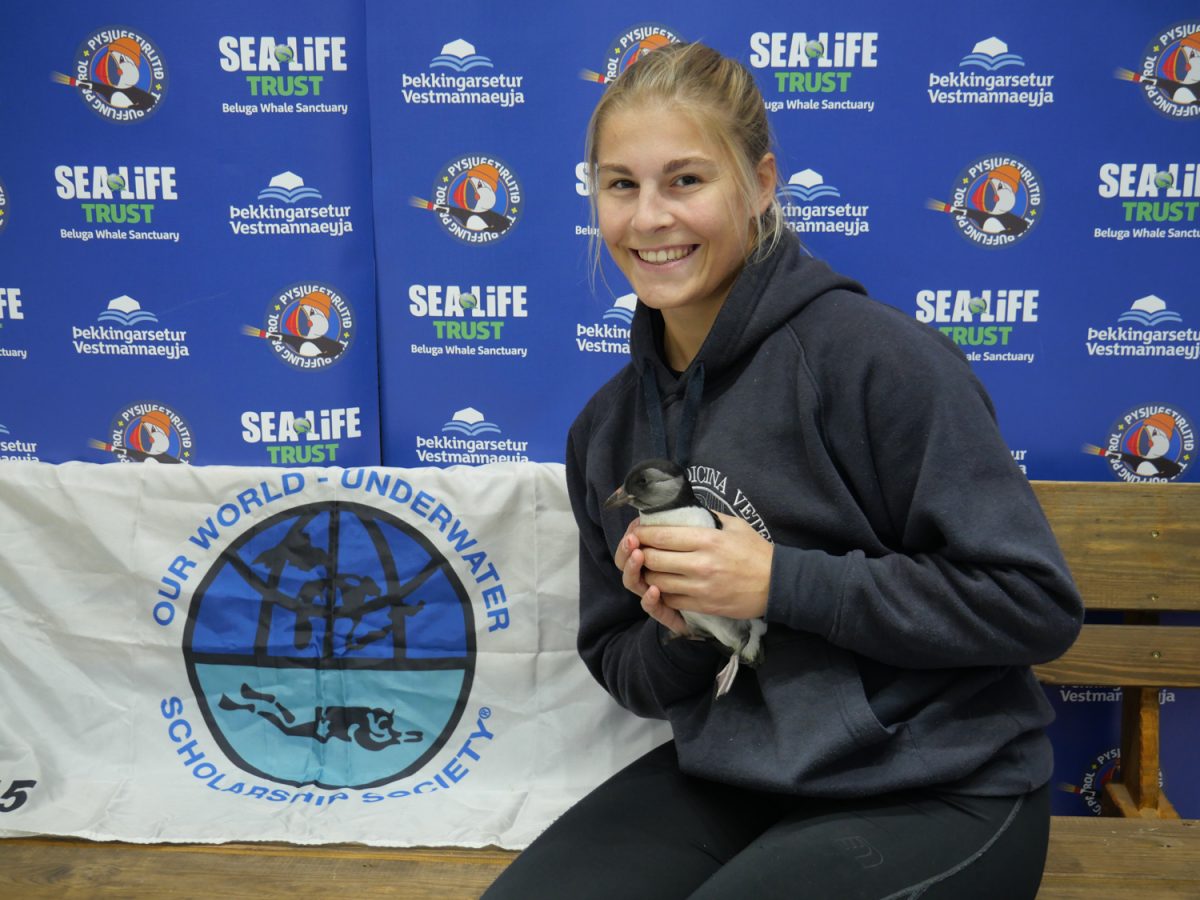
I came here just in the right time for the puffling season, and was able to actively contribute to the work of the “Puffling Patrol”. Every year in late August, about 5000-10000 juveniles of the world´s biggest colony of puffins fly out from their nests at night and mistake the town´s street lights for the reflection of the moon on the ocean, which is where they are supposed to head towards.

As a tradition which is many decades old, the town´s children patrol the streets at night to catch lost pufflings. The next day, they bring them to the Center, in numbers of up to 800 per day, and we would count and weigh them, measure their wings, and ring them. What a cheerful chaos it was, having dozens, sometimes hundreds of young, sometimes feisty pufflings in the room together with dozens of excited children and their families, and at the same time taking accurate data!

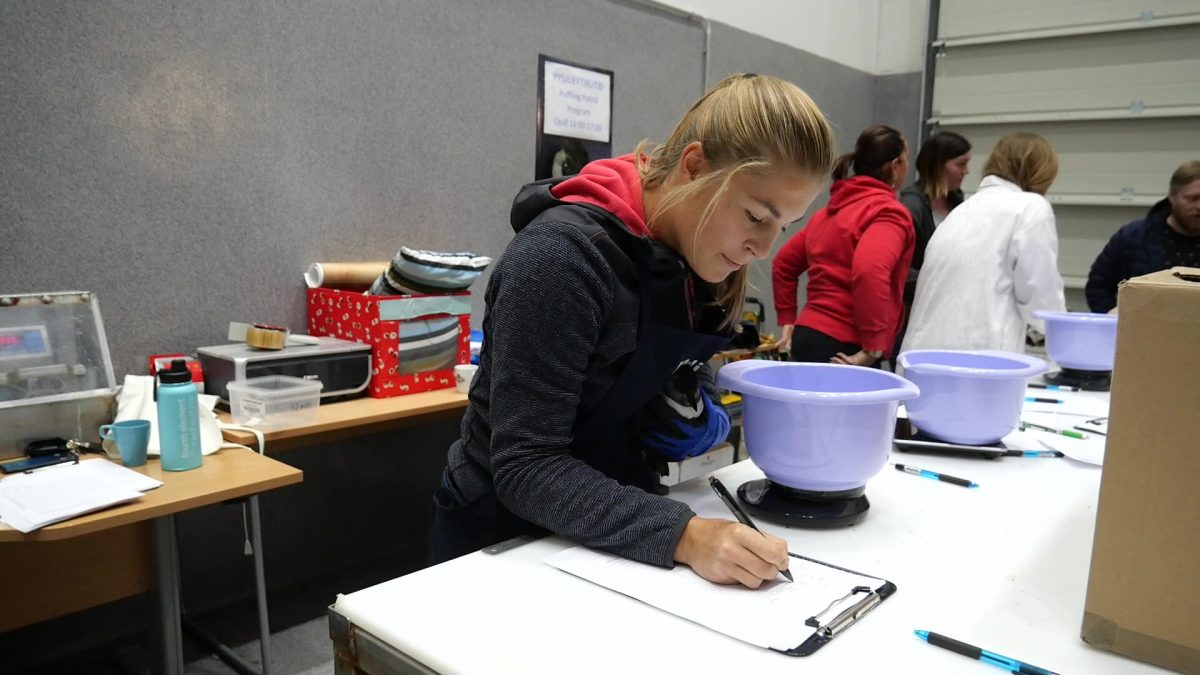
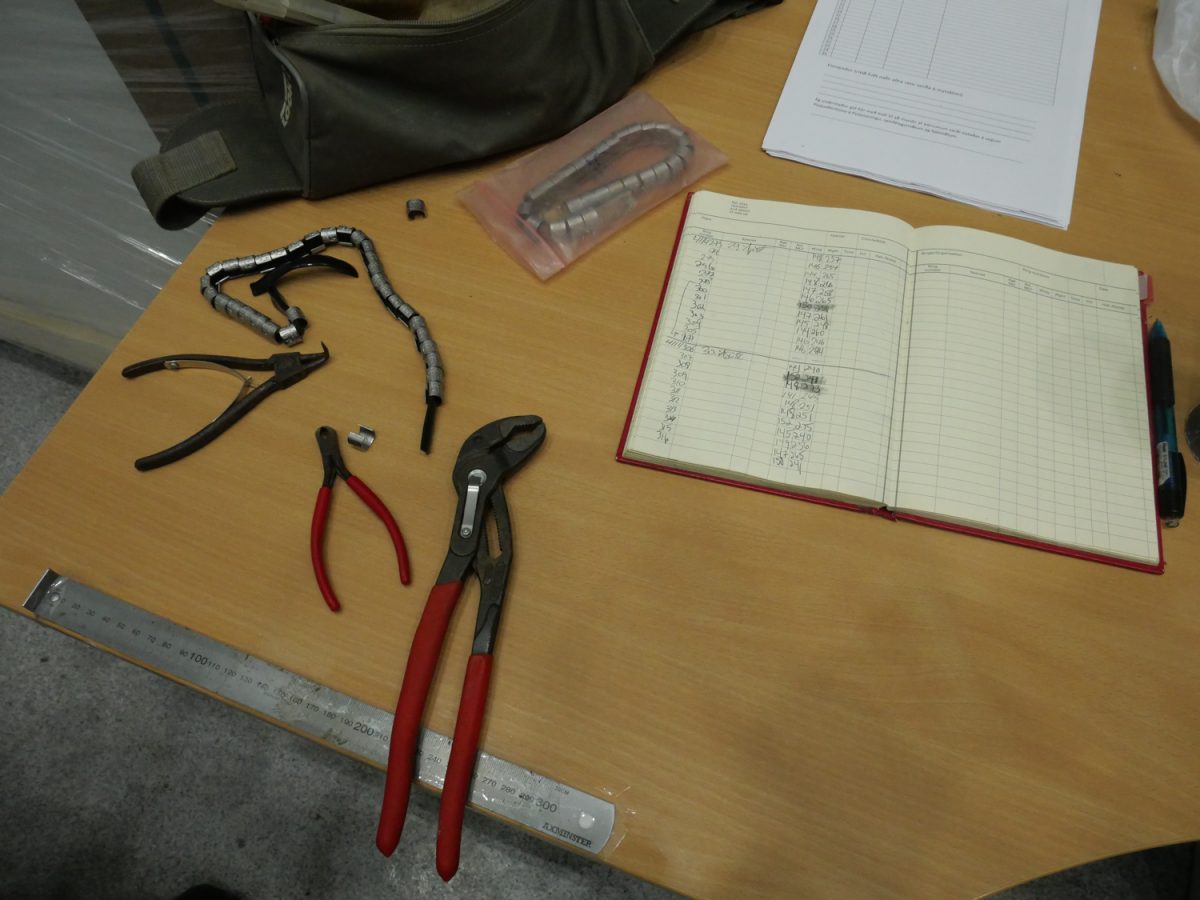
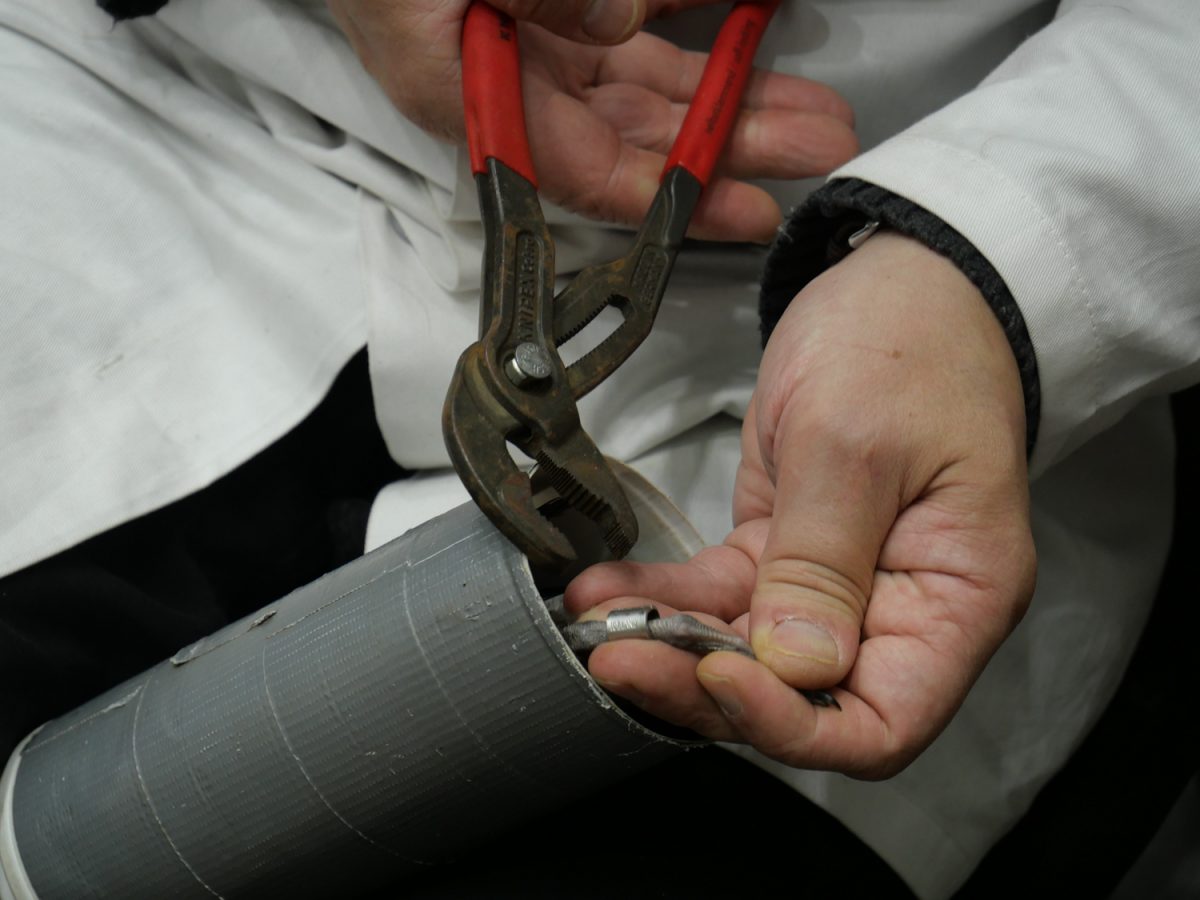
All this data has been collected for several years and helps monitor the health of the resident puffin population. We would also keep too skinny or downy individuals for a few days to feed them before their release at the shore. Unfortunately, some pufflings were brought in wet and oiled, because they had landed in the harbour, so they had to be washed to ensure they would have a waterproof plumage before being released to sea.

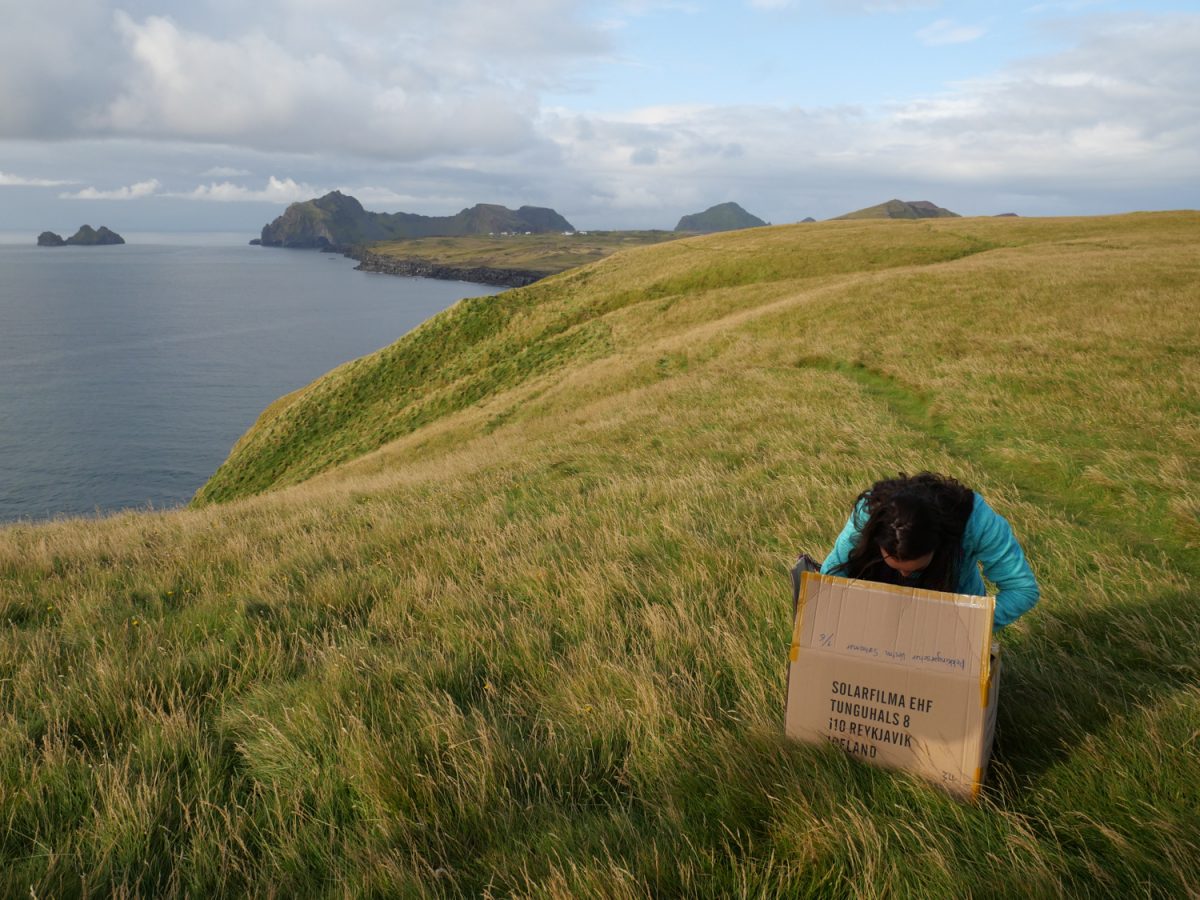
The release of the pufflings was the most rewarding experience in the rehbailitation process. We would take a number of healthy, well-fed pufflings with waterproof plumage in our cars, excitedly and impatiently squeeking in their boxes. We would release them from the clifftops of the island further away from the settlement of Vestmannaeyar to make sure they would this time find the right way out to the ocean right away.
The technique used for the release took a bit of time to get used to, as we would just hold the body of the puffling, swing it between our legs and then throw it as high and far as possible into the air as we could! This way, the puffling would have enough time to spread and try out its wings to then flatter away over the open ocean before meeting the water´s surface. What a freeing moment for everyone, both animal and humans!
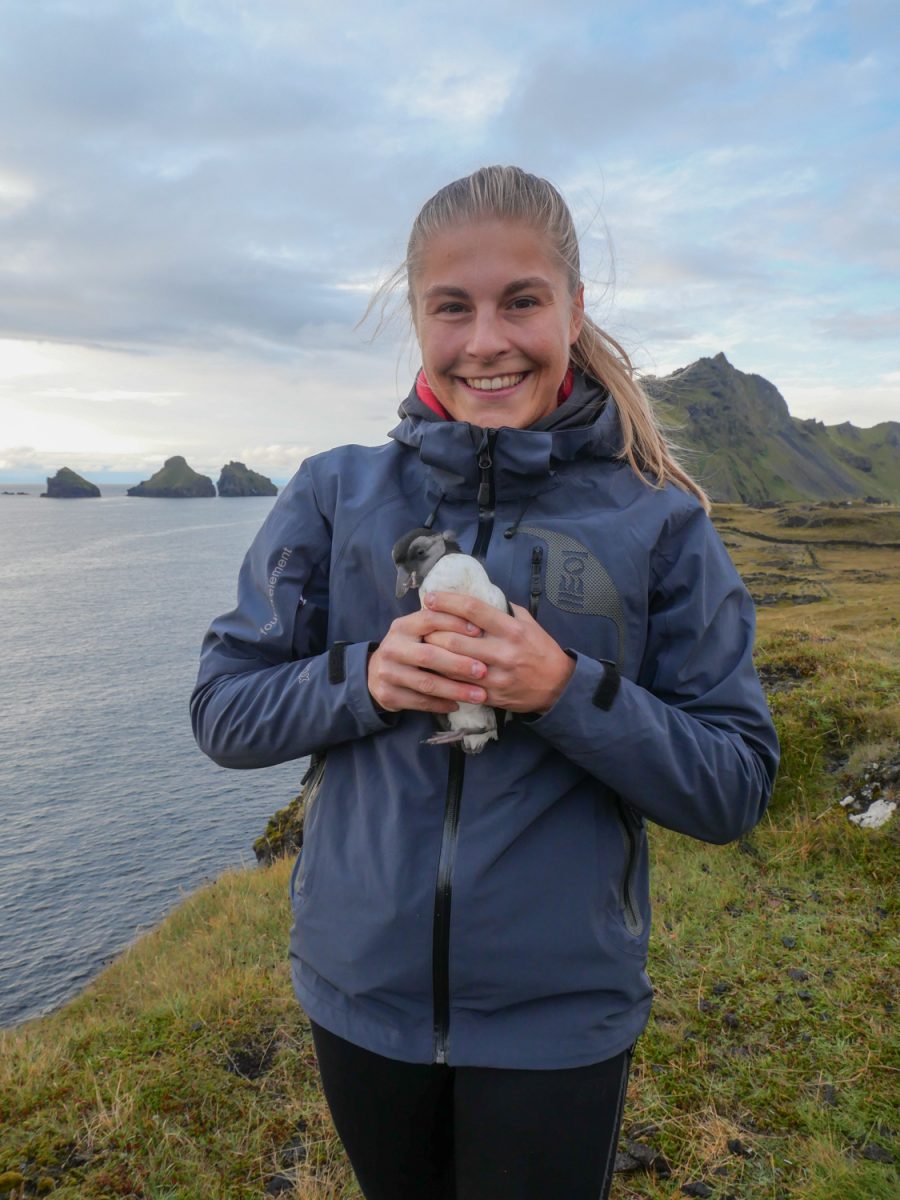
Back on the Icelandic mainland, I then, thanks to Arctic Adventures and Magma Dive, was able to tick off of a big point on my bucketlist: a dive between the American and European continent in the world-famous Silfra crack!
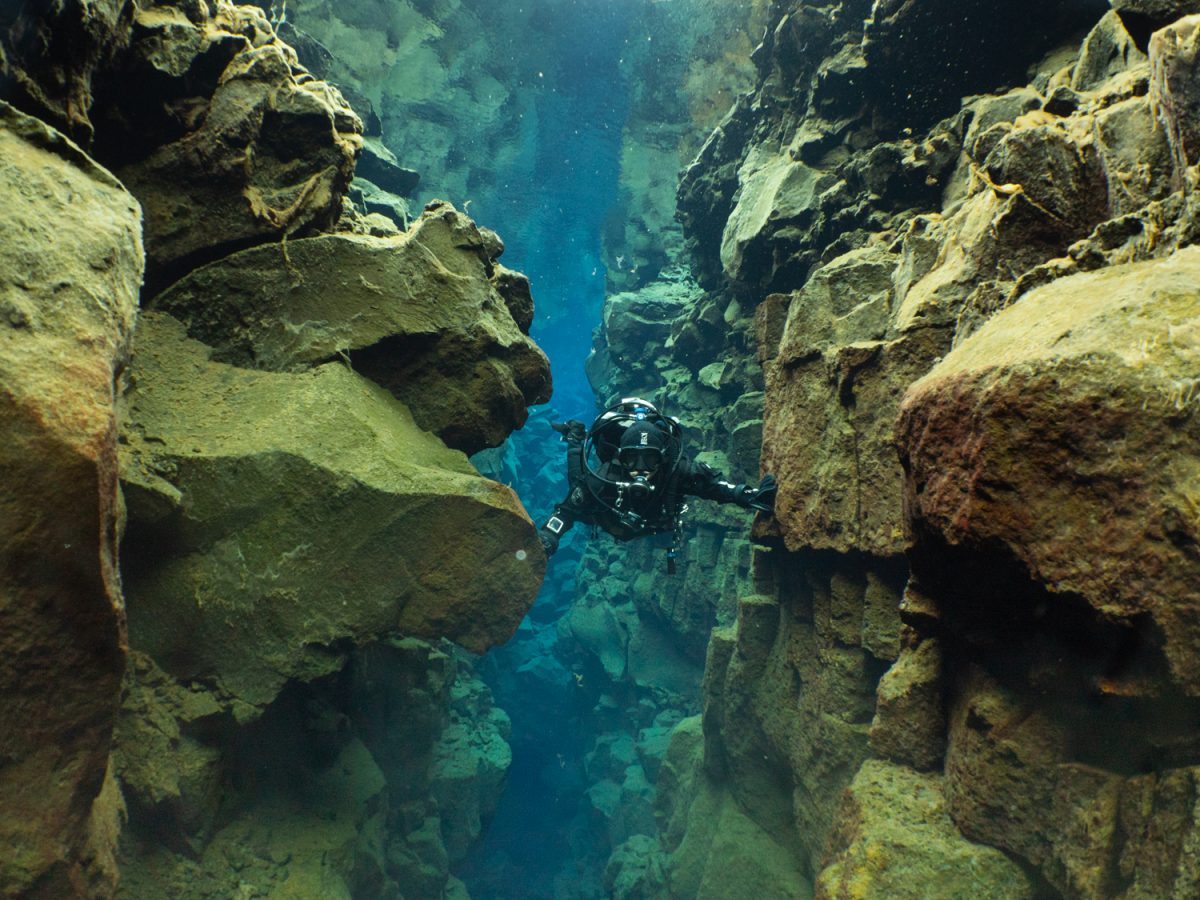
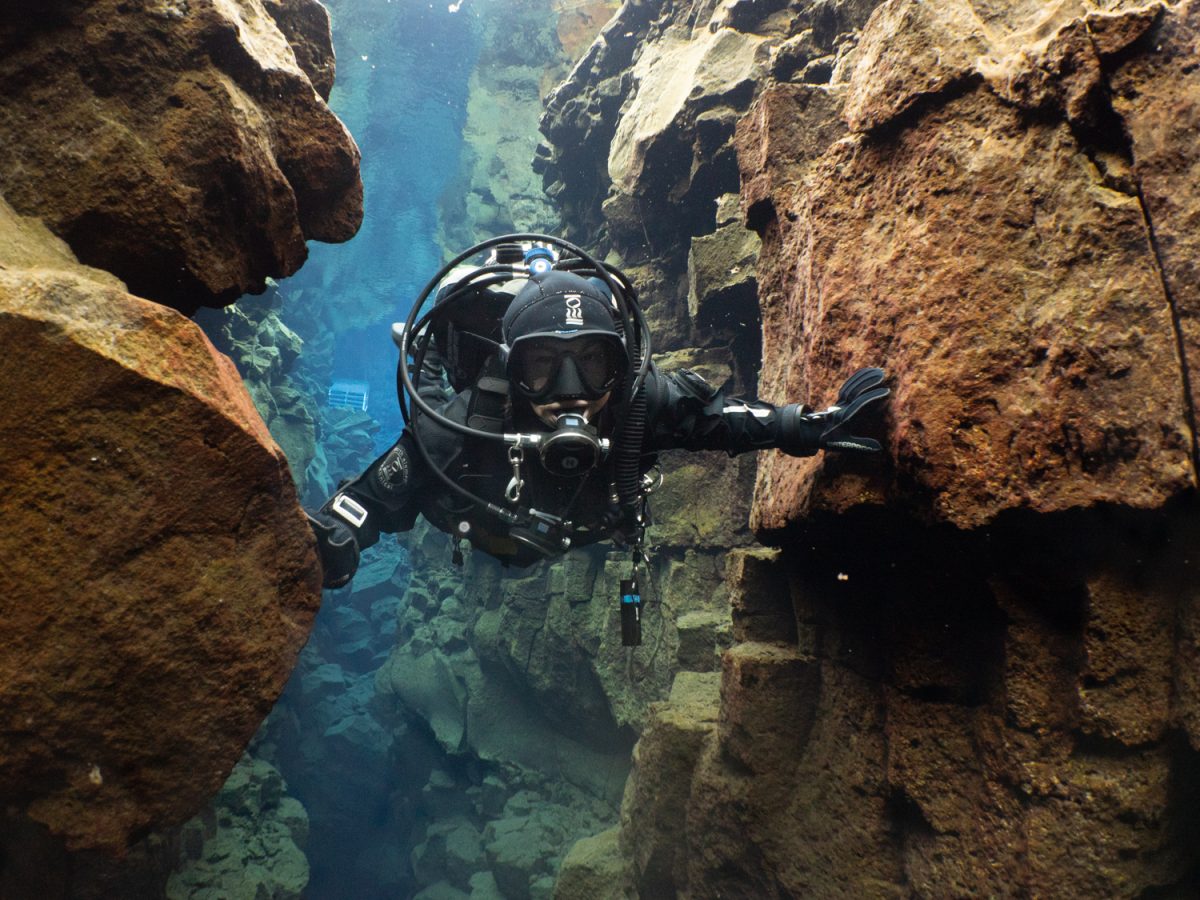
I can´t even find the right words for the incredible and other-worldly beauty of this divesite, with the clearest water in the world providing more than 100 m of visibility after the water has been filtrated through Lava stone for more than 100 years. A very special moment!
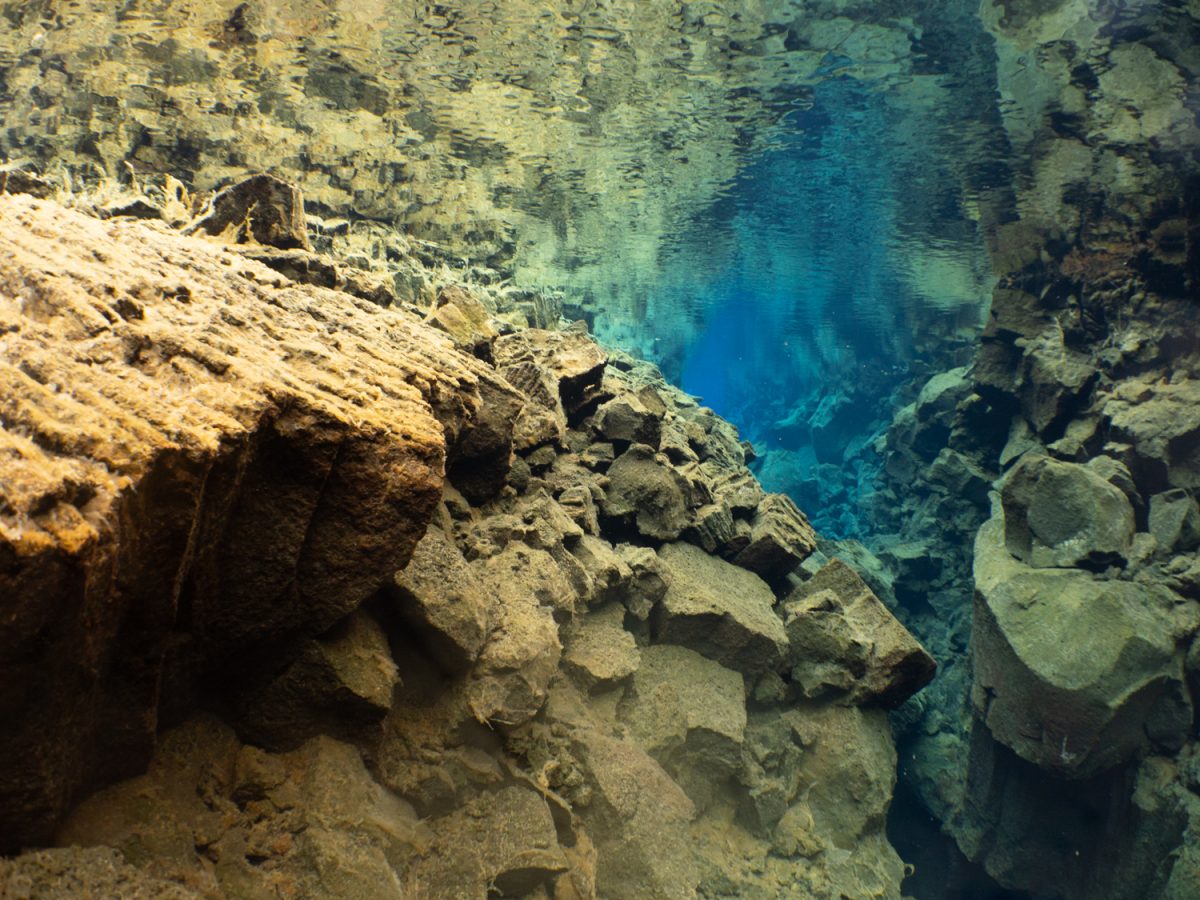
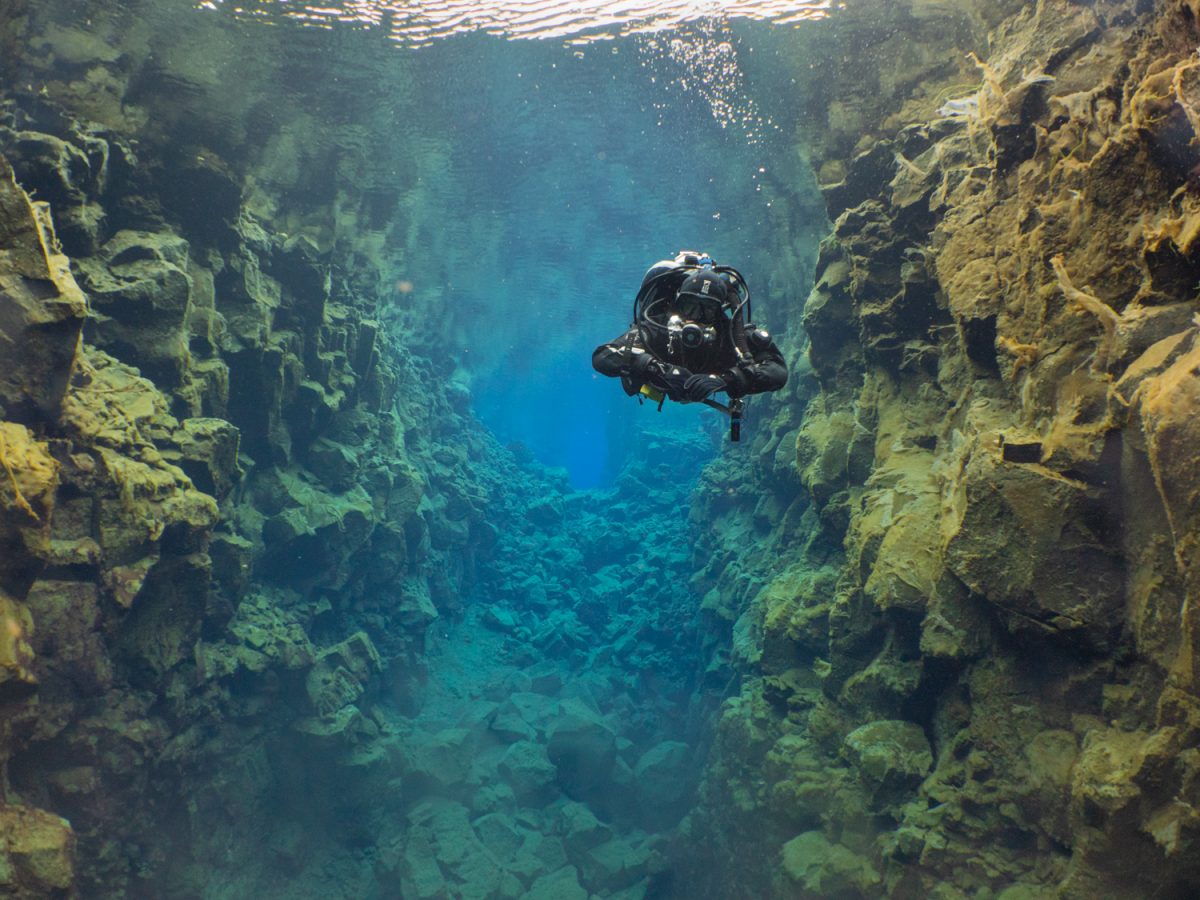
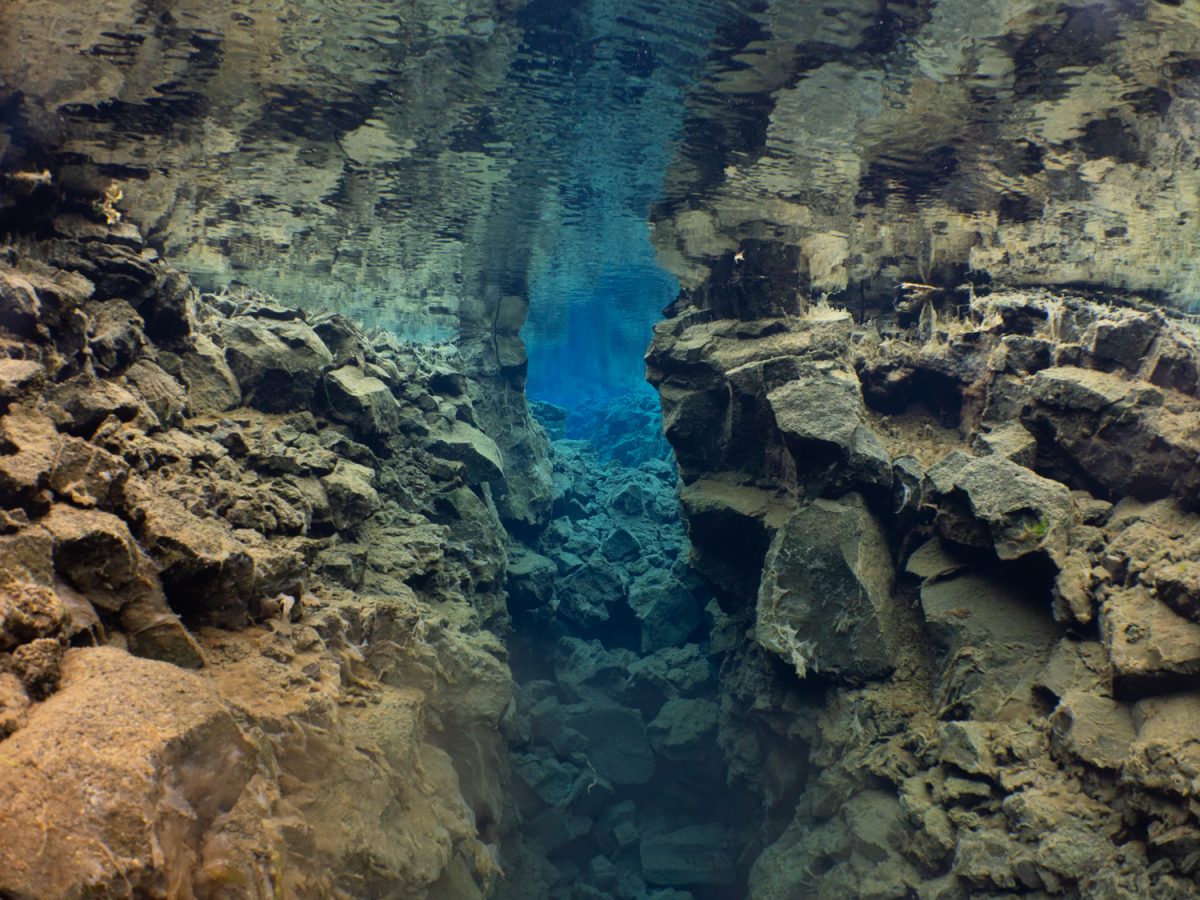
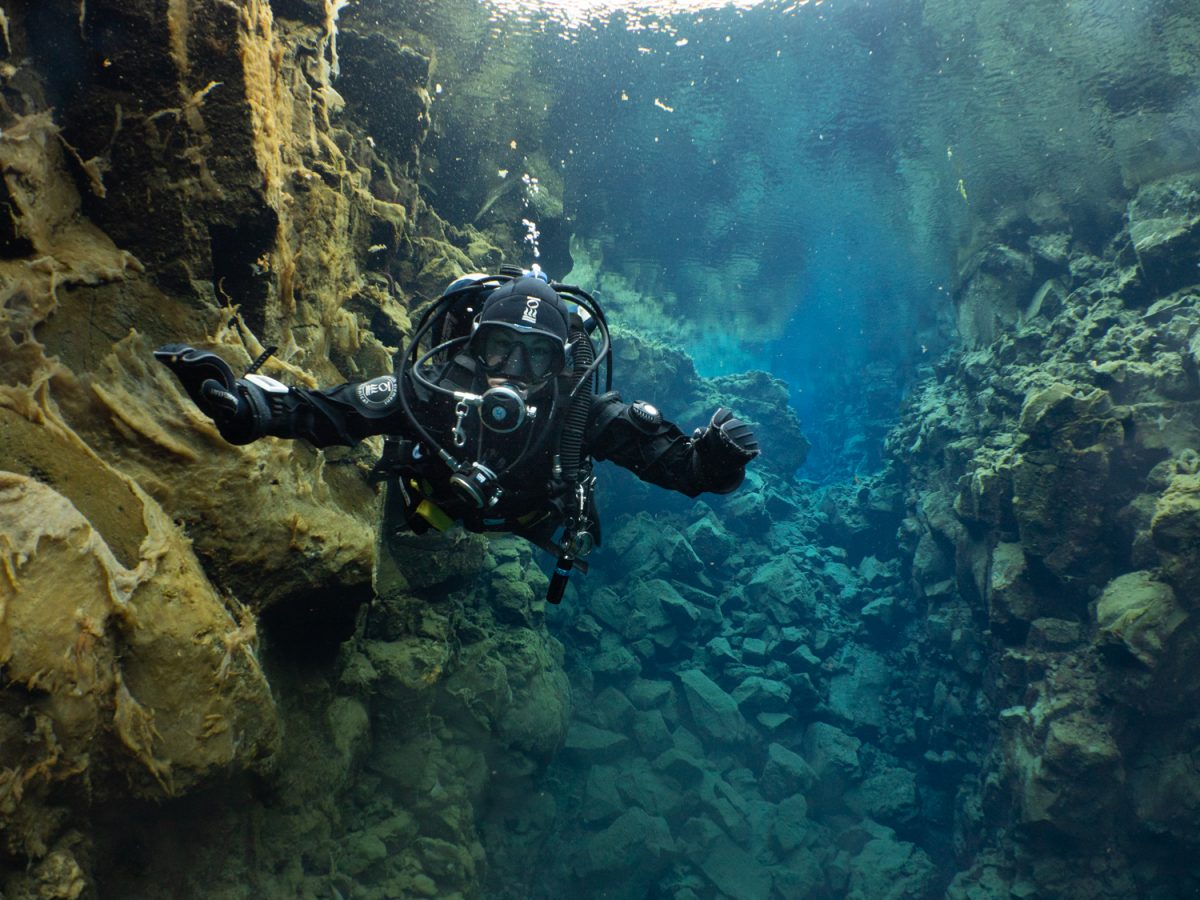
And despite the freezing water temperature, I couldn´t resist jumping in for a second dive, to be able to really take in the mesmerizing reflections on the mirror-like surface of the water and the blue of the water stretching out as far as you could see, as well as the impressive rockwalls.
Thank you so much to Fourth Element Dive once again for keeping me nice and warm in their under garments and drysuit, performing so well once again!
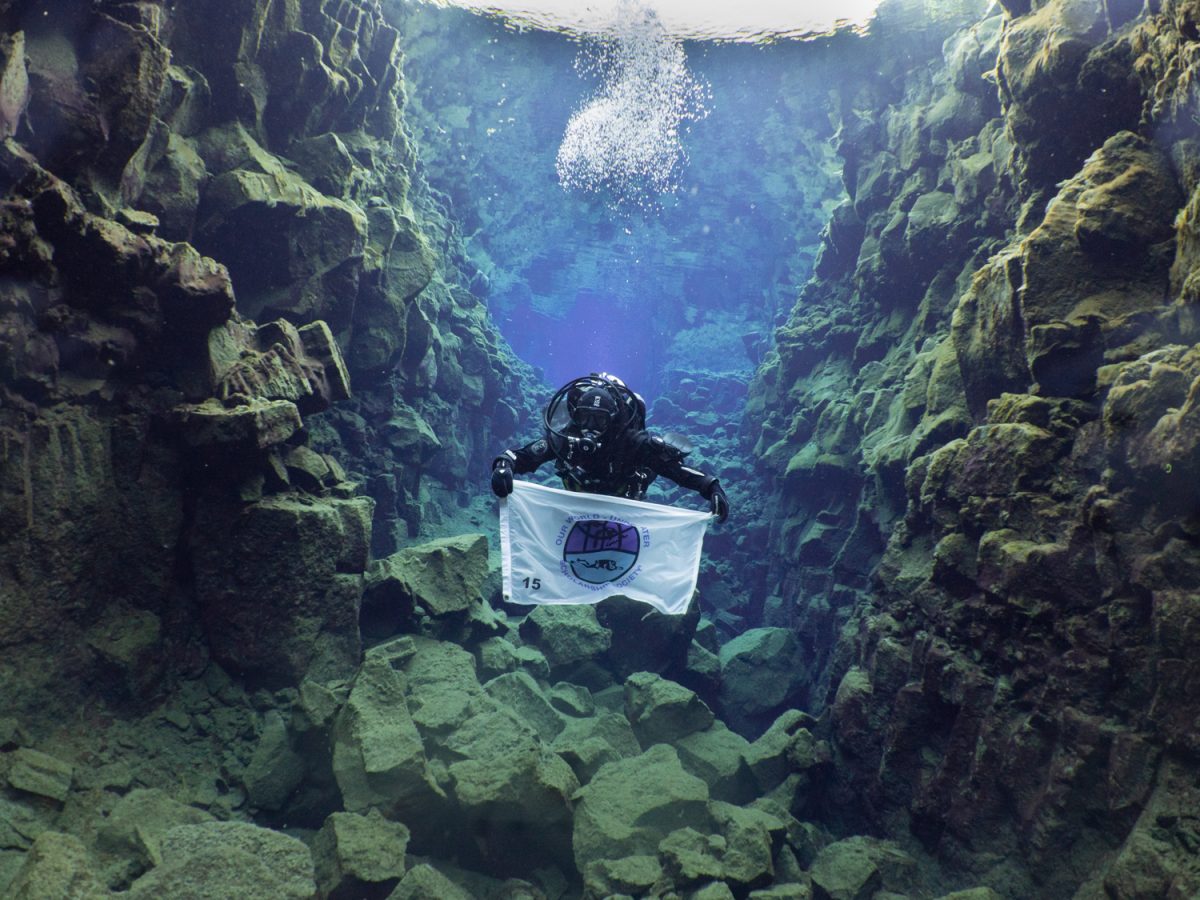
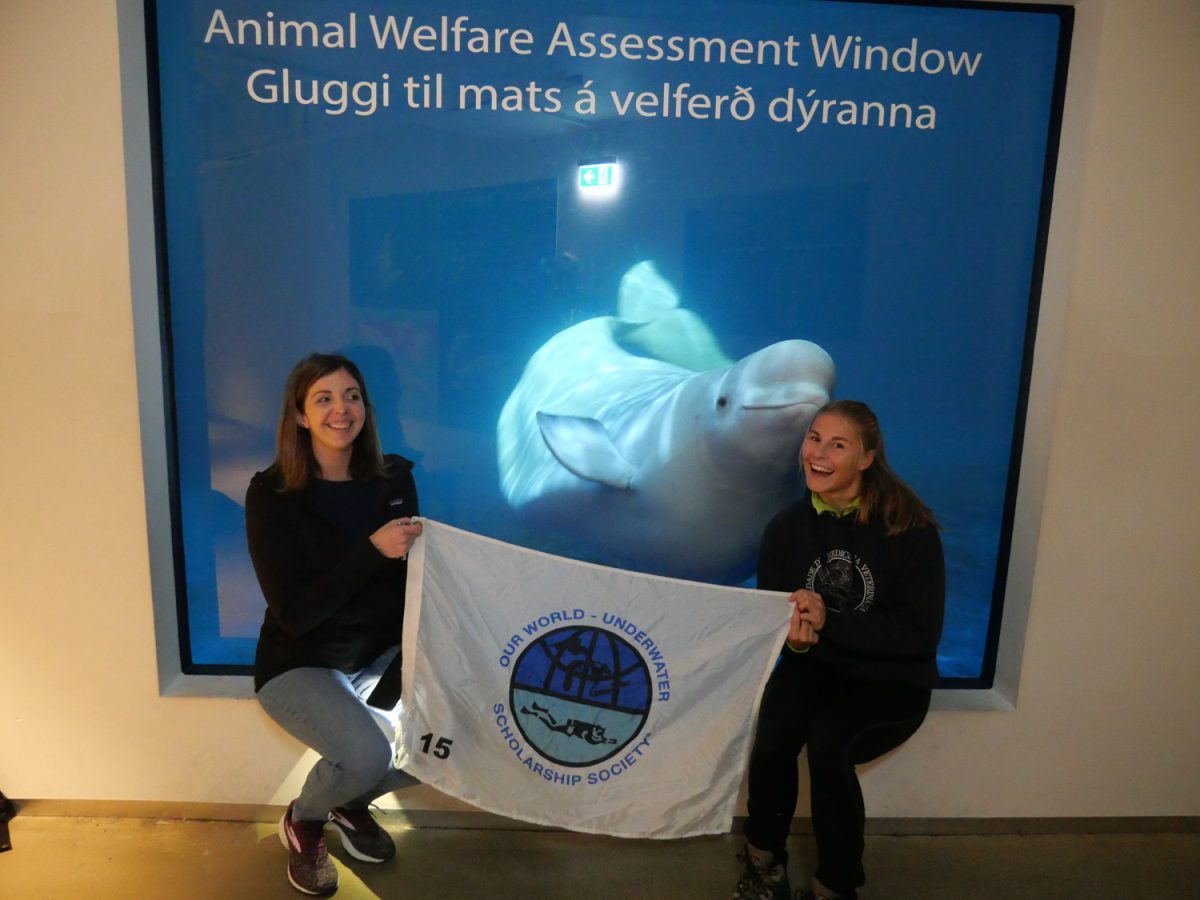
Thank you so much to OWUSS and Rolex allowing me to participate in and learn from such incredible experiences! Also a huge thank you again to all the amazing sponsors that support me, Halcyon, Reel Diving, Fourth Element, Suunto, Reef Photo and Video, Nauticam, Light and Motion, and Paralenz.